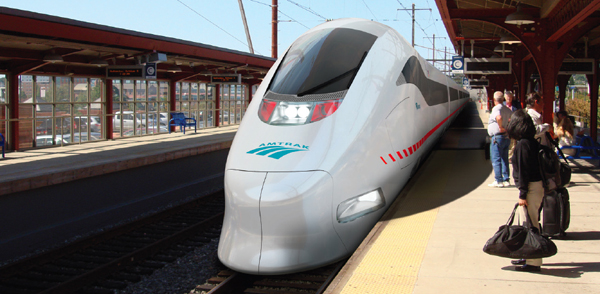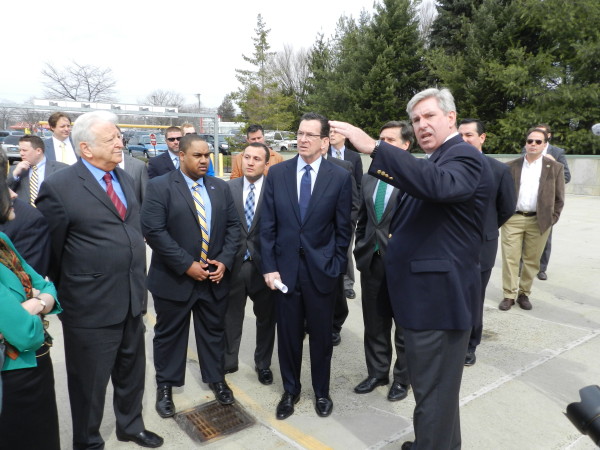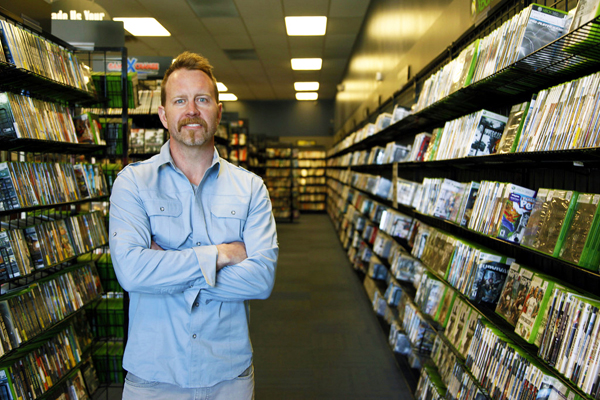
Amtrak is facing a “crisis of success” on the Northeast corridor rails and estimates it will need $2 billion in annual funds to address necessary infrastructure improvements, its CEO told a Senate panel.
CEO Joe Boardman said the upcoming expiration of the 2008 Passenger Rail Investment and Improvement Act (PRIIA) represents an opportunity to advance new initiatives that would enable repairs to the current system and upgrades that would pave the way for more high-speed rail.
“If there is one thing we are sure the reauthorization must accomplish, it is coming up with an increased and more reliable source of capital investment,” Boardman told senators on the Commerce, Science and Transportation committee April 17, according to his prepared testimony.
Under PRIIA, all users of the Northeast corridor ”” which include Amtrak, freight carriers and eight transportation agencies that provide commuter service ”” are required to contribute to its infrastructure, capital and operating costs. PRIIA expires at the end of September.
Since its 2009 fiscal year, Amtrak has spent an average of about $259 million annually on infrastructure improvements to the Northeast corridor, not including $600 million provided through the 2009 American Recovery and Reinvestment Act.
“This level of funding is not sufficient to address the backlog of deferred maintenance needs or to build capacity for further growth,” Boardman said. “Our current estimate is that we will need something in the vicinity of $2 billion annually to address state of good repair needs and accommodate growth for all the users.”
He said a “crisis of success” has resulted in heightened capacity demands on the Northeast corridor.
The corridor, which runs from the Washington, D.C., area to Boston, carries about 150 Amtrak trains, 70 freight trains and more than 2,000 commuter trains daily. That is a nearly 100 percent increase from 1976 when the corridor carried about 1,200 trains daily, Boardman said.
Boardman added that ridership on the corridor is projected to increase more than 50 percent between now and 2040.
“So while the operators are succeeding, we”™re running out of ways to cram more trains onto the infrastructure,” he said.
The first step toward relieving pressure on the system is alleviating the bottleneck that develops between Newark, N.J., and New York City, Boardman said. He said there is “literally no spare infrastructure capacity, and the only way to acquire more is to add two more tracks to the NEC (Northeast corridor) across the New Jersey Meadowlands and another set of tunnels under the Hudson River.”
Ultimately, Amtrak”™s and Boardman”™s expectation calls for a true high-speed rail system in the Northeast. An August 2012 report, “The Amtrak Vision for the Northeast Corridor,” proposes a major upgrade to accommodate increased commuter transit along with new high-speed trains on new and existing rights of way.
He said with PRIIA set to expire, Congress has the opportunity to provide a “new model” of funding that relies on more than just federal funding for capital improvements. That model, Boardman said, would include “equitable contributions” by all the users of the Northeast corridor as well as the states and towns along the route.





















Unfortunately, this means Amtrak will either hit up the Feds for more money to shore up the infrastructure or increase fares. Whichever is the more likely to happen, the taxpayer ends up paying for it.
When the NEC needs funding they go to the federal government. When California needs funding, the state come up with most of the financing. There are such things as local sales taxes, property taxes and such so the federal government does not have to bail out the wealthiest area of the nation.